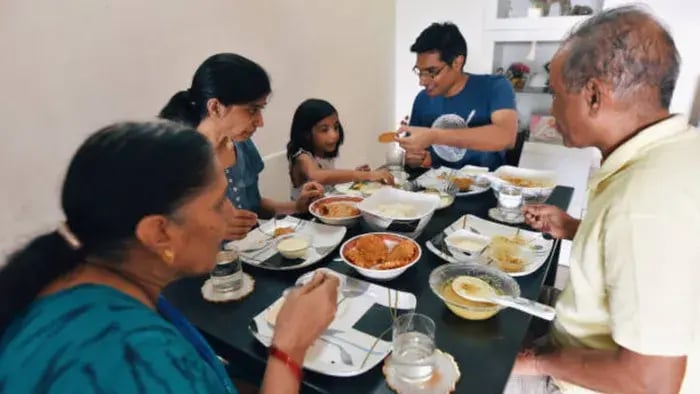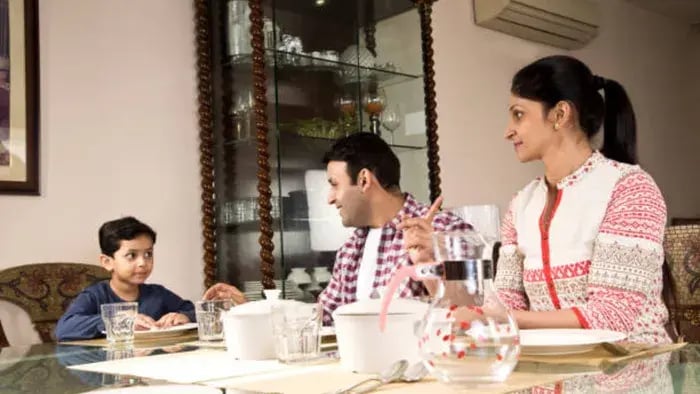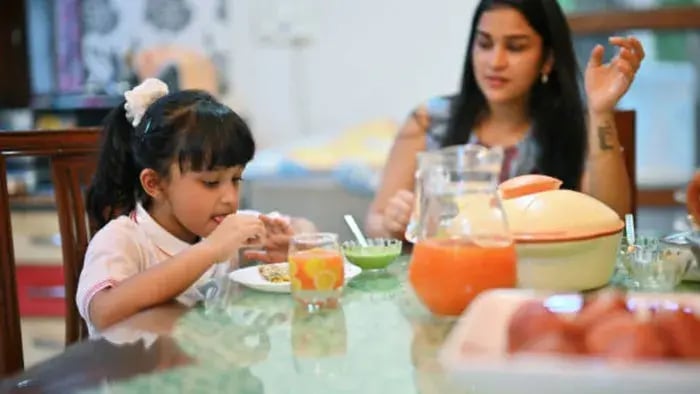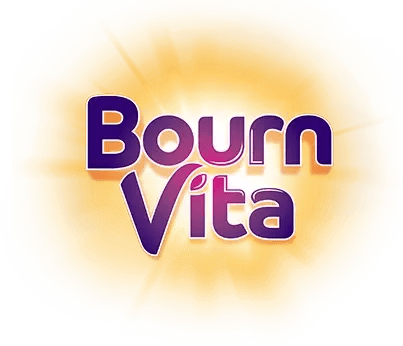- Spinach (Palak)
- Jaggery (Gur)
- Poha with Peanuts and Veggies
- Rajma (Kidney Beans)
- Dates and Dry Fruits
- Beetroot
- Moong Dal and Toor Dal
- Ragi (Finger Millet)
Introduction

Iron is important for your child’s overall growth, it helps build hemoglobin, strengthens muscles and keeps energy levels throughout the day. For vegetariens it is essential to include iron rich foods in daily meals especially during the growing years when the child’s body needs it the most. Without enough iron children may feel tired, lose focus or fall sick more often.
The good news is that Indian kitchens are full of vegetarian ingredients that support iron intake. From everyday items like spinach, jaggery, lentils and dry fruits to kid friendly combinations like poha with peanuts or rajma with rice these foods can be turned into simple and tasty recipes that children will love without any fuss.
What makes a difference is how these foods are prepared and combined. Adding lemon juice to dal or serving iron rich dishes with vitamin C rich fruits like guava or oranges helps in iron absorption. Even homemade snacks like dry fruit laddoos, beetroot paratha or palak khichdi can do the job.
By including these iron-rich vegetarian foods in creative and tasty ways you support your child’s energy, focus and immunity – without stepping away from your daily cooking style. It’s all about making meals colourful, wholesome and enjoyable while giving their body exactly what it needs.
Iron-Rich Vegetarian Foods for Kids: Tasty Recipes to Boost Energy

Spinach (Palak)
According to a study published in Nutrients 2021 spinach is one of the most reliable plant-based sources of iron. Its mild flavor makes it easy to sneak into a variety of dishes. You can make palak paratha, palak paneer, or even blend it into a green dosa batter. Pair it with a squeeze of lemon or a tomato-based curry to enhance iron absorption.
Jaggery (Gur)
Research conducted by Sugar Tech 2021 jaggery is rich in iron and works beautifully in snacks and desserts. You can prepare til-gur laddoos, add grated jaggery to roti dough, or mix it into porridge. It helps in maintaining hemoglobin levels and is especially useful during winters.
Poha with Peanuts and Veggies
According to Dietary Guidelines for Indians, flattened rice (poha) is often combined with peanuts and vegetables, making it a wonderful source of iron, protein, and fibre. Cook it with mustard seeds, curry leaves, and finely chopped onions or carrots. Top with lemon juice for better absorption.
Rajma (Kidney Beans)
As per Directorate of Pulses Development, rajma is rich in both iron and protein, making it a great option for lunch or dinner. Cook it into a mild curry and pair it with rice or roti. For younger children, mash it slightly or turn it into a stuffing for parathas. Add chopped tomatoes or squeeze lemon juice for added vitamin C benefits.
Dates and Dry Fruits
Research conducted by Pediatric Health Med Ther 2019 suggests that dates are naturally rich in iron and make for a great mid-morning or evening snack. Combine them with almonds, raisins, or figs to make dry fruit laddoos or energy bars. Soaking almonds overnight and giving them in the morning with a date or two is a simple way to support iron intake.
Beetroot
A study published in Food Sci Nutr 2021 states that beetroot supports blood health and is packed with iron and folate. It blends well into many dishes—beetroot paratha, beetroot cutlets, or beetroot poha are all colourful and appealing to children. You can also mix grated beetroot into idli batter or pasta sauce for a fun twist.
Moong Dal and Toor Dal
According to a study published in Nutrients 2021, these everyday pulses are rich in plant-based iron and are also easy to digest. Prepare moong dal khichdi or toor dal with vegetables like pumpkin or spinach. Dals can also be turned into cheelas or soft patties for toddlers.
Ragi (Finger Millet)
As per a study published in J Food Sci Technol 2011, ragi is high in iron and calcium, making it perfect for growing children. Prepare it as ragi porridge with milk and jaggery, or use it to make dosas, laddoos, or even pancakes. It has a slightly nutty taste and blends well with both sweet and savoury dishes.
Conclusion

Including these foods in your child’s everyday meals can go a long way in supporting their energy, focus, and growth. With a little creativity, these iron-rich vegetarian ingredients can become part of meals your child looks forward to—without added pressure or complex recipes.
Her love for storytelling began with reading her grandfather’s speeches, where Tarishi saw the power of words in creating lasting memories. Combining her passions for food and writing, she has turned her life into a fulfilling path of sharing stories that celebrate flavours and how food brings communities together.
The views expressed are that of the expert alone.
The information provided in this content is for informational purposes only and should not be considered a substitute for professional medical advice, diagnosis, or treatment. Always seek the advice of your physician or another qualified healthcare provider before making any significant changes to your diet, exercise, or medication routines.
References
https://pmc.ncbi.nlm.nih.gov/articles/PMC4033754/
https://pmc.ncbi.nlm.nih.gov/articles/PMC8537570/
https://pmc.ncbi.nlm.nih.gov/articles/PMC8565237/
https://pmc.ncbi.nlm.nih.gov/articles/PMC6927593/
https://dpd.gov.in/Rajmash.PDF
https://www.nin.res.in/downloads/DietaryGuidelinesforNINwebsite.pdf
















